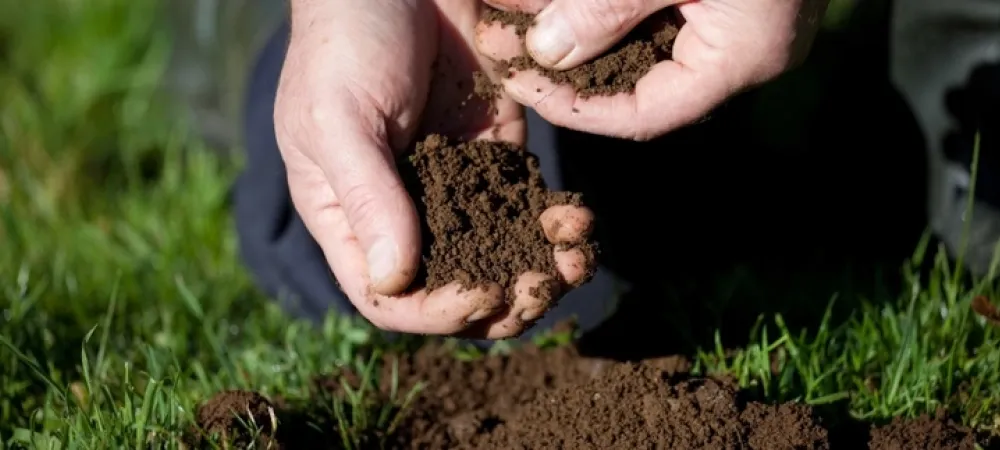How to Identify and Fix Compacted Soil

If your plants aren’t growing as expected, despite watering, fertilizing, and care, compacted soil might be the problem hiding just below the surface. It’s a common but often overlooked issue that can choke out your plants and leave your lawn struggling. Let’s walk through how to spot it, why it happens, and what you can do to fix it.
What is Compacted Soil?
Compacted soil is tightly packed dirt that lacks the air pockets roots need to grow. With fewer pathways for water, oxygen, and nutrients to move through the soil, roots become stunted and weak. In severe cases, compacted soil can actually smother your plants, preventing growth altogether.
What Causes Soil to Become Compacted?
Several factors can lead to soil compaction:
- Heavy foot traffic or vehicles: Repeated pressure from walking, playing, or parking near the garden compresses soil over time.
- Clay-heavy soil: Naturally dense and fine, clay soils are more prone to compaction than loamy or sandy soils.
- Improper tilling: Tilling when the soil is too wet or too dry breaks down soil structure, causing particles to settle tightly with little air space.
- Lack of organic matter: Without compost or mulch, soil has less structure and fewer organisms (like worms) to naturally aerate it.
How Can You Tell if Soil Is Compacted?
Here are some signs to watch for:
- Water pools on the surface instead of soaking in.
- Grass and plants grow unevenly or appear stunted.
- Soil feels hard when poked with a stick or shovel.
- Roots grow sideways rather than downward when plants are dug up.
What’s the Best Way to Fix Compacted Soil?
Improving compacted soil takes effort, but the results are worth it. Here are your best options:
1. Limit Tilling
Try to till only once a year—and never when the soil is extremely wet or dry. If your soil is prone to compaction, consider switching to a no-dig gardening method, which preserves natural soil structure.
2. Add Organic Material
Mix in compost, mulch, or decaying plant matter. These materials improve soil texture and introduce beneficial microbes. Over time, they help create space between soil particles.
3. Encourage Earthworm Activity
Earthworms are natural aerators. They digest organic matter and create channels through the soil, helping it stay loose and healthy.
How Do You Aerate a Compacted Lawn?
For larger areas like lawns, core aeration is one of the most effective solutions. Manual aerators create small holes in the soil that allow it to decompress and absorb nutrients. It’s slow work, but it provides long-lasting benefits without damaging your turf.
If you don’t want to DIY your lawn aeration, a professional service can handle the job quickly and efficiently.
Let Grasshopper Help You Breathe Life Back Into Your Lawn
If you're in Pennsylvania and dealing with compacted soil, Grasshopper Lawns can help. Our expert team provides professional lawn aeration services designed to open up your soil, boost root growth, and bring your yard back to life. Contact us today to schedule a consultation and get your lawn thriving again.
